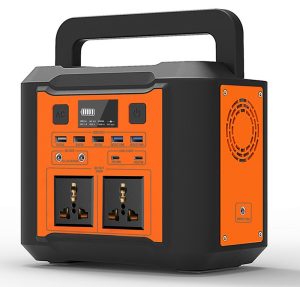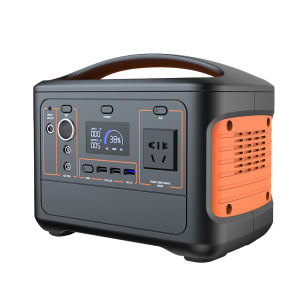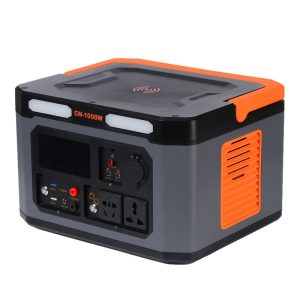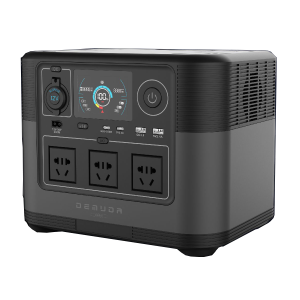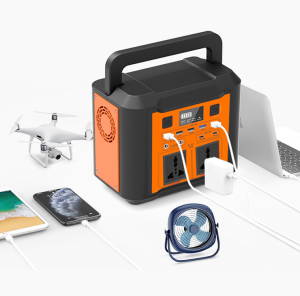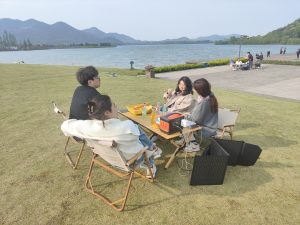More
From Concept to Reality: The Production Process of Portable Generator for Camping
From Concept to Reality: The Production Process of Portable Generator for Camping
Introduction:
Outdoor portable generators have become a reliable source of power for outdoor enthusiasts, adventurers, and emergency preparedness. These versatile devices provide a convenient and independent power supply, enabling us to stay connected and energized even in remote locations. In this blog post, we will take a behind-the-scenes look at the production process of outdoor portable generators, exploring the steps involved in transforming an idea into a practical and efficient power solution.
Design and Engineering:
-
Conceptualization: The production process begins with the conceptualization of the outdoor portable generator. Designers and engineers work together to identify the needs and requirements of outdoor power users, taking into account factors such as power output, fuel efficiency, portability, and noise levels.
-
Research and Development: Extensive research and development are conducted to explore various technologies, components, and materials that will form the foundation of the generator. This stage involves testing and refining prototypes to ensure optimal performance, durability, and safety.
-
Design and Specifications: Once the concept is finalized, detailed designs and specifications are created, taking into account factors such as the generator’s physical structure, fuel source (gasoline, propane, or solar), power output capacity, control panel configuration, and safety features.
Component Manufacturing:
- Sourcing and Manufacturing: The production process involves sourcing the necessary components from reliable suppliers. These components may include the engine, alternator, fuel tank, control panel, battery, and various electrical and mechanical parts. Manufacturers ensure the quality and reliability of these components through rigorous testing and quality control procedures.
Assembly and Quality Assurance:
-
Assembly: The components are carefully assembled according to the design and specifications. Skilled technicians and assembly workers follow detailed instructions to ensure precise and accurate assembly, adhering to industry standards and regulations.
-
Testing and Quality Assurance: Each outdoor portable generator undergoes rigorous testing and quality assurance procedures. These tests include checking power output, fuel efficiency, noise levels, and safety features. Manufacturers may also conduct durability tests to simulate real-world usage conditions and verify the generator’s performance and reliability.
Safety Compliance and Certification:
-
Safety Compliance: Manufacturers ensure that their outdoor portable generators meet safety standards and regulations specific to the region where they will be sold. This includes compliance with electrical safety standards, fuel storage and emissions regulations, noise limitations, and other applicable safety requirements.
-
Certification: After successfully meeting safety compliance standards, outdoor portable generators may undergo certification processes by recognized certification bodies. Certification provides assurance to consumers that the product has undergone rigorous testing and meets industry standards for safety and performance.
Packaging and Distribution:
-
Packaging: Once the generators pass all quality checks and certifications, they are carefully packaged to ensure safe transportation and protection during storage and distribution. Packaging may include user manuals, accessories, and safety information.
-
Distribution: The fully packaged outdoor portable generators are distributed to retailers, dealers, and online marketplaces. Manufacturers work closely with distribution partners to ensure the products reach the hands of consumers efficiently and securely.
Conclusion:
The production process of outdoor portable generators involves a comprehensive journey from concept to reality. Design, engineering, component manufacturing, assembly, testing, safety compliance, and packaging are integral steps in creating a reliable and efficient power solution for outdoor enthusiasts. Manufacturers prioritize quality, durability, and safety to ensure that outdoor portable generators meet the diverse power needs of users, empowering them to explore the great outdoors and stay prepared for any situation. Whether for camping trips, outdoor events, or emergency situations, the production process ensures that outdoor portable generators are ready to provide the reliable power source we rely on.


